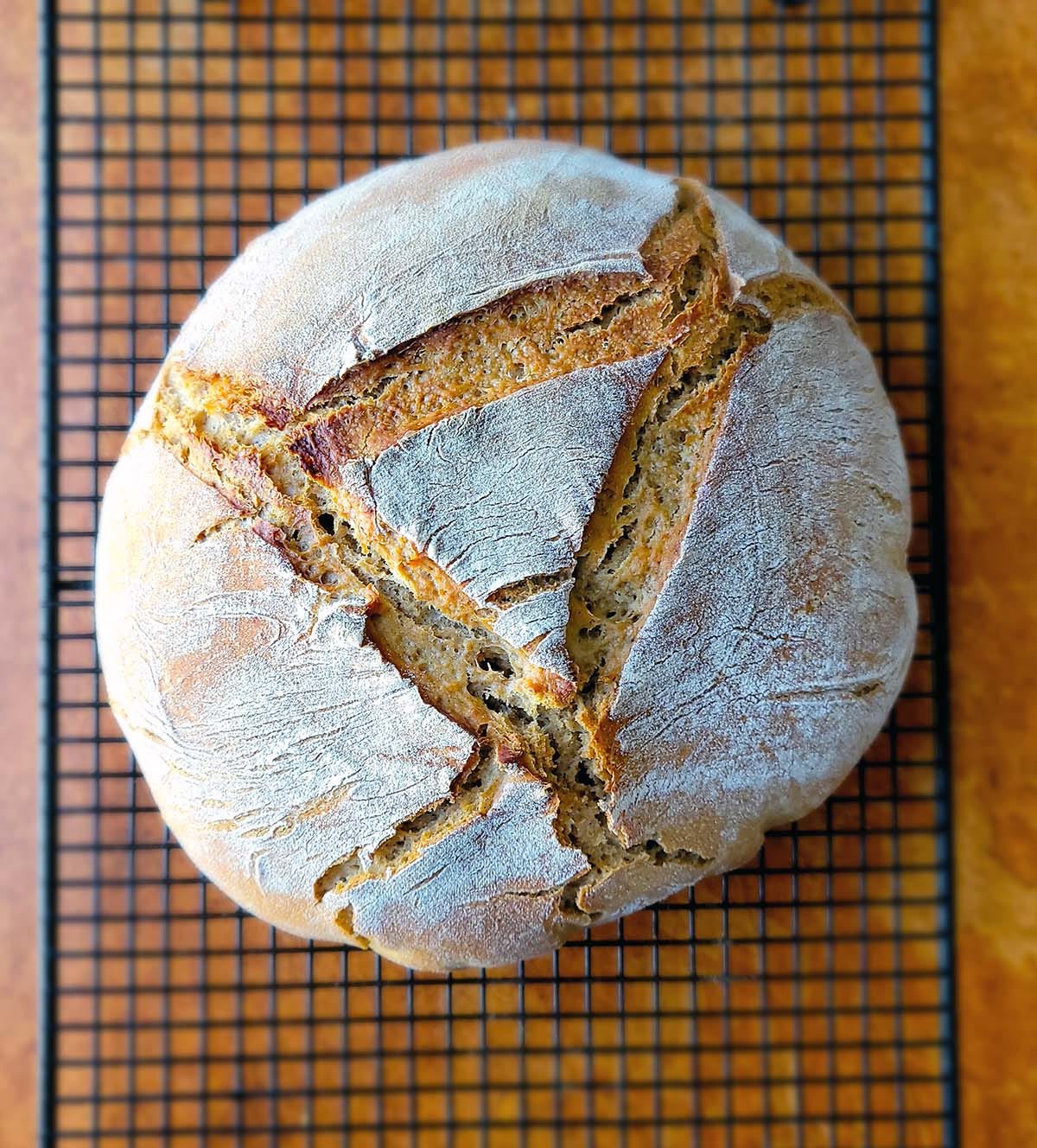It’s been a year now, and I finally feel like I’ve started to understand the mysteries of rye bread. I know to many of you this might seem trivial or irrelevant, but for me this journey has represented both an embrace of my new, Midwestern environment — as well as a willingness to learn something hard, something I’…
© 2025 Hank Shaw
Substack is the home for great culture


